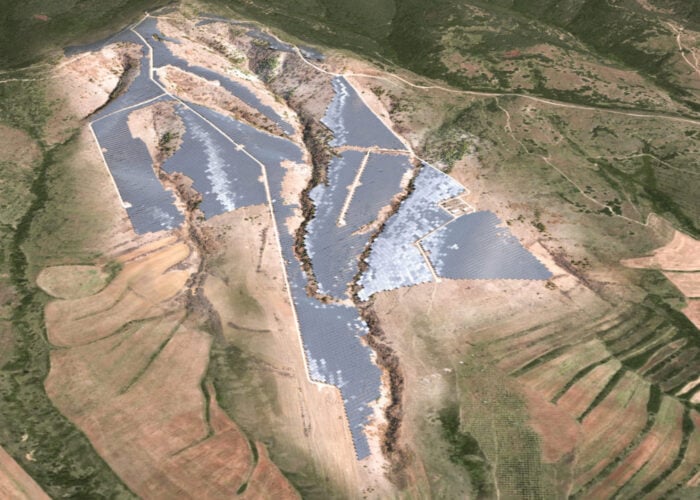The ‘World Games Stadium’ or Kaohsiung Stadium in Taiwan was built to be complete in time for the opening of The World Games held in July 2009. Permission was given by the International World Games Association for the event to be held in Kaohsiung Taiwan, providing the building met International Federation standards. The stadium design was by Japanese architect Toyo Ito.
The main stadium has a capacity of 40,000 seats and required a total of two years work. The construction crew overcame any technical difficulties presented and successfully installed spiral steel girders and integrated 8,844 solar panels on the roof.
Unlock unlimited access for 12 whole months of distinctive global analysis
Photovoltaics International is now included.
- Regular insight and analysis of the industry’s biggest developments
- In-depth interviews with the industry’s leading figures
- Unlimited digital access to the PV Tech Power journal catalogue
- Unlimited digital access to the Photovoltaics International journal catalogue
- Access to more than 1,000 technical papers
- Discounts on Solar Media’s portfolio of events, in-person and virtual
The BIPV solar panels generate 1.14 million kWh annually, thus reducing 660t of annual CO2 output. The BIPV system provides electricity during games while any surplus energy produced throughout the year is sold during non-game periods.
All the raw materials used in the main stadium are 100% reusable and made in Taiwan.







